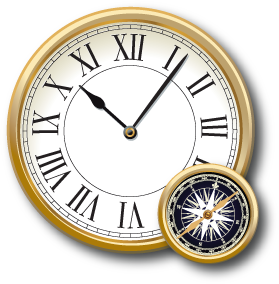There I was...
... over the grasslands of east central Texas at 1,500 feet in a Cessna Cardinal. I was only seventeen and had only held my private pilot's license for several months. A friend and I decided to fly from Baton Rouge to check out the UT Austin campus as we were getting our undergraduate applications in order - what better way to build some flight time and satisfy a teenage wanderlust. I was comfortable with using the VORs, so as we droned our way to Austin, I wasn't overly concerned about the lack of roads or other obvious ground features to follow. I failed to notice the warning flag come in as the signal started to fade and I lazily followed the CDI needle as it drifted off to one side. After a few minutes it occurred to me that I was flying East rather than West and the adreline began to flow as I realized there were no obvious ground features for pilotage. After a couple of anxious minutes, I decided to circle higher and as we gained altitude, we regained line of sight to the VOR station and the warning flag went out. Shortly after, I was able to raise Austin and get radar service into the airport.
By the standards of "there I was stories", this was a pretty harmless episode, but it thought me much as I embarked on a career as a flight instructor and it was the first and last time I was lost in an airplane. Today, I am the curator for the aviation sections of the Time and Navigation exhibit. I have come to truly appreciate how much those black boxes - whether VOR or GPS - have made it possible to cross featureless landscapes. The long distance fliers of 1927 did not have the luxury of VORs or radar, and the few minutes of panic I had with good weather and a reasonable fuel reserve were but a drop in the bucket compared to the anxiety that those intrepid aviators experienced during much of their flights. The sheer terror of getting vertigo in instrument conditions or a misfiring engine while while offshore will fortunately not be known by most people,but it was a routine experience for those who pushed the boundaries of navigation eighty-five years ago. This exhibit is in part a tip of of the hat to bravery that should not be forgotten.





Post new comment
0 Comments